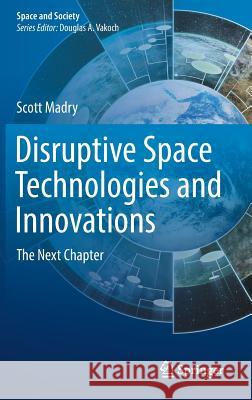Disruptive Space Technologies and Innovations: The Next Chapter » książka
topmenu
Disruptive Space Technologies and Innovations: The Next Chapter
ISBN-13: 9783030221874 / Angielski / Twarda / 2019 / 252 str.
Disruptive Space Technologies and Innovations: The Next Chapter
ISBN-13: 9783030221874 / Angielski / Twarda / 2019 / 252 str.
cena 622,57 zł
(netto: 592,92 VAT: 5%)
Najniższa cena z 30 dni: 616,85 zł
(netto: 592,92 VAT: 5%)
Najniższa cena z 30 dni: 616,85 zł
Termin realizacji zamówienia:
ok. 20 dni roboczych.
ok. 20 dni roboczych.
Darmowa dostawa!
Kategorie:
Kategorie BISAC:
Wydawca:
Springer
Seria wydawnicza:
Język:
Angielski
ISBN-13:
9783030221874
Rok wydania:
2019
Wydanie:
2020
Numer serii:
000183683
Ilość stron:
252
Waga:
0.55 kg
Wymiary:
23.39 x 15.6 x 1.6
Oprawa:
Twarda
Wolumenów:
01
Dodatkowe informacje:
Glosariusz/słownik
Wydanie ilustrowane
Wydanie ilustrowane











